|
The Power of Yellow and Orange in the Garden This year at our Plant Sale we will be offering a Pollinator Garden Six Pack for $12.00. We have shared in past posts the importance of our pollinators and giving them a banquet to feast on. We shared the power of purple in the garden and today we will look at yellow and orange. Orange is a not a color for the faint of heart. It demands attention, as if shouting out, “Hey, look at me! Take notice!” Pam Roy shares the following quote in her article Bright colors add boldness to your garden and attracts pollinators. I think that is a win, win!
Butterfly Weed Black-eyed susan Both of the above will be available in our Pollinator Six Pack.
0 Comments
Power of Purple
Did you know purple flowers attract pollinators. Read the following from Jason Griffin, Associate Professor of Nursery Crops and Director of K-State Research and Extension's John C. Pair Horticultural Center in Wichita. www.k-state.edu/media/newsreleases/feb11/purplehorticult20811.html Jason Griffin, associate professor of nursery crops and director of K-State Research and Extension's John C. Pair Horticultural Center in Wichita, says the importance of the color purple in plants is measured not only in ecological and evolutionary impact, but also by its pleasing appearance. "From a human perspective, we love purple plants," he said. "Purple is one of the most popular flower colors, yet one of the rarest colors in fruit and foliage." A great amount of research has investigated the synthesis of purple and how to manipulate it, Griffin said. The color is highly desirable in flowering landscape plants. Purple foliage plants, despite their rarity, are extremely popular. The green leaves of autumn give way to red, orange and yellow. However, a few lucky species will turn a shade of purple, which is rare in the fall color palette. "Purple is both rare yet highly sought after by consumers and landscape professionals alike," he said. The color purple also functions as a guide for pollinators. Flowers of many species have purple stripes on their petals, which are called nectar guides. These guides clearly lead toward the reproductive structure, or center, of the flower, increasing the chances for pollination, according to Griffin. Purple seed, pods and other forms of fruit then influence the reproductive cycle. The color purple will attract herbivores, which consume the seed and deposit it elsewhere. After reading just a few fun facts about the power of purple. I bet you are ready to add some purple in your garden. This year our Plant Sale will feature our Pollinator Six Pack. In that six pack you will find three purple plants. Lupine, Liatris and Asters. Lupine Lupinus perennis Lupine's dense spires of bright flowers signal the coming of spring. Lupine is the only food plant for the larvae of the endangered Karner Blue butterfly. Blazing Star Liatris Liatris spicata The Blazing Star is one of the most spectacular and majestic of the prairie plants. Liatris blooms from mid to late summer. New England Aster Aster novae-angliae The New England Aster is one of the tallest and most magnificent of the fall asters. It serves as an important late season source of nectar. May 19th will be the Annual Plant Sale 8am until sold out! Heirloom Tomatoes and Pepper Plants and new for this year 6 Pack Pollinator Garden The following plants will be in the six pack. Wild Lupine Lupinus perennis Swamp Milkweed Asclepias incarnata Blazing Star Liatris Liatris spicata Butterfly Weed Asclepias tuberosa Black-eyed Susan Rudbeckia hirta New England Asters Aster novae-angliae (In some references, it will be listed as Symphyotrichum) Why Have a Pollinator Garden?
Butterflies, bees and other insects are attracted to flowers in search of nectar. They brush up against the anthers of a flower, get pollen grains on their body and carry the pollen from flower to flower. A Pollinator Garden is a garden predominately with flowers that provide nectar or pollen for a range of pollinating insects. A pollinator garden can be any size. You might only have a balcony or a small yard, but you can still plant a pollinator friendly flowers there. Peppers: they can be mild like a bell pepper, have a little or a lot of hotness, or be purely ornamental. There is a pepper for everyone's taste. Our plant sale on May 19 provides many choices, check out our list. How can you know if you can stand the heat? There is the Scoville Scale that tells you the hotness. Check out this UW-Extension bulletin that provides information on peppers grown in Wisconsin: Growing Tomatoes, Peppers, and Eggplants in Wisconsin - A3687.
Some people think of heirloom tomatoes as being superior in taste to hybrids. These two terms however do not refer to taste but to how the plant is propagated. Heirloom tomatoes are old-fashioned varieties that are open-pollinated. They were usually selected for their superior flavor and not other desirable traits such as disease resistance or prolonged storage. Seeds saved from these varieties should retain those desirable traits.
Hybrids are the result of cross-pollination of several types of tomatoes. They are often developed to resist specific plant diseases, for uniform size, and long shelf life. Seeds saved from these fruits usually do not result in a similar plant the next year. Both types of tomatoes are offered at the North Country Master Gardener annual plant sale. The full list is available at: https://www.northcountrymgv.org/uploads/6/9/3/7/69377869/tomatoes_2018.pdf Learn more about “Homegrown Tomatoes in Wisconsin” with the UW-Extension bulletin A1691 https://learningstore.uwex.edu/Assets/pdfs/A1691.pdf |
|
| North Country MGV | gARDEN bLOGS |
Location |
|
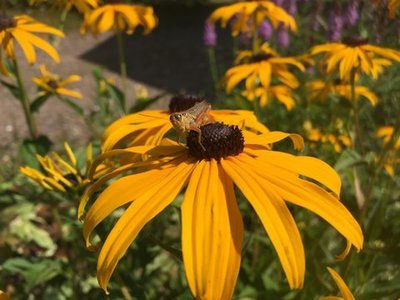
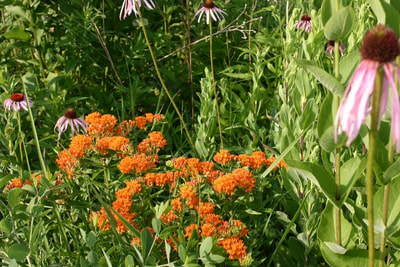
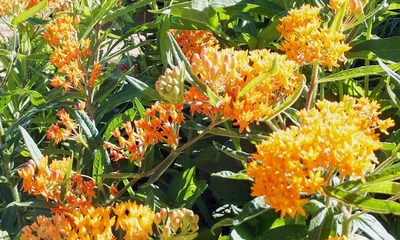

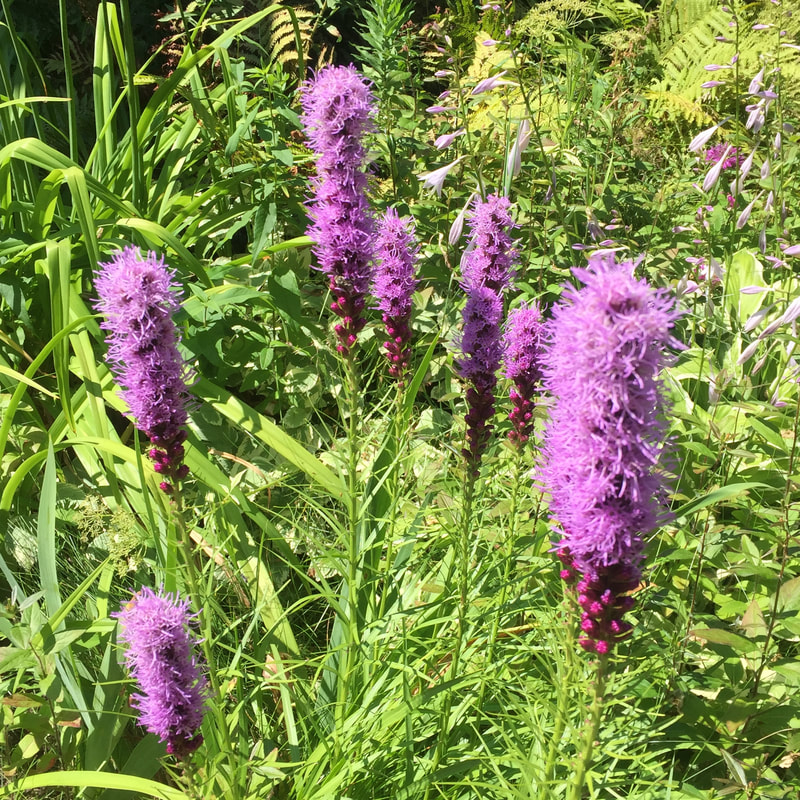
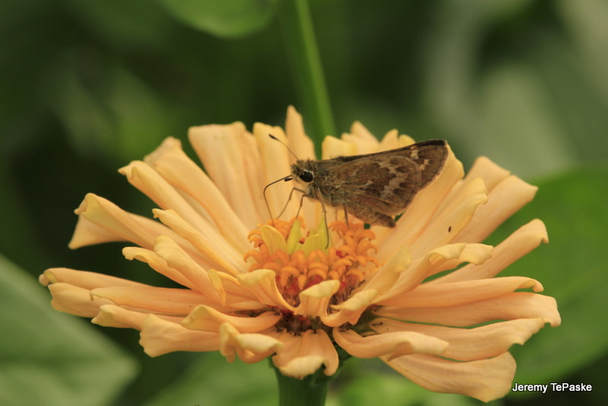
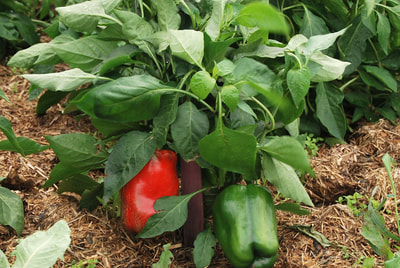

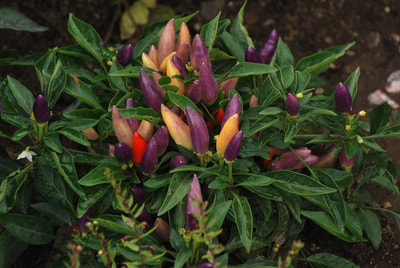

 RSS Feed
RSS Feed